Tracing the Overlooked Legacy of the Silk Road’s Fruits and Nuts
A new archaeobotanical study is helping shift the historical record.
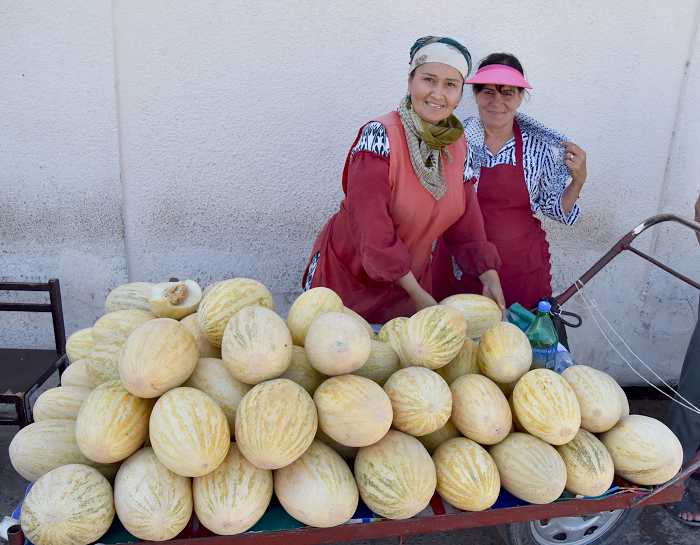
The Silk Road was one of the world’s preeminent points of exchange between the East and West. The historical record details how goods, ideas, cultural practices, and foods moved through this ancient commerce region in Central Asia, but historians’ focus has traditionally been on the interplay between East Asia and the Mediterranean. The flow of trading goods that came from areas mid-route is less studied, even though many fruits have their roots in this point of intersection.
This is the core of a study published this week in PLOS ONE, which examined seed and plant remains found at a medieval archaeological site named Tashbulak, located in the foothills of eastern Uzbekistan’s Pamir Mountains, and other archaeological revelations in the area. The excavation (led by Farhod Maksudov, of the Institute for Archaeological Research, Academy of Sciences in Tashkent, Uzbekistan, and Michael Frachetti of Washington University in St. Louis) looked at peach and apricot pits, apple, melon, and grape seeds, and shells from walnuts and pistachios.
The researchers discovered that many of these crops not only spread because of the Silk Road, but also either originated along the route or were directly shaped by it.
Consider the apple, which is thought to have originated from the Malus sieversii, the domestic apple’s ancestor, in the Tian Shan mountains of Kazakhstan. The study advances that idea by suggesting that “the Silk Road probably led to what we think of as the apple today by bringing smaller varieties together that hybridized,” says Robert Spengler, the Director of the Paleoethnobotanical Laboratories at the Max Planck Institute for the Science of Human History, who conducted the botanical analysis from samples Tashbulak.
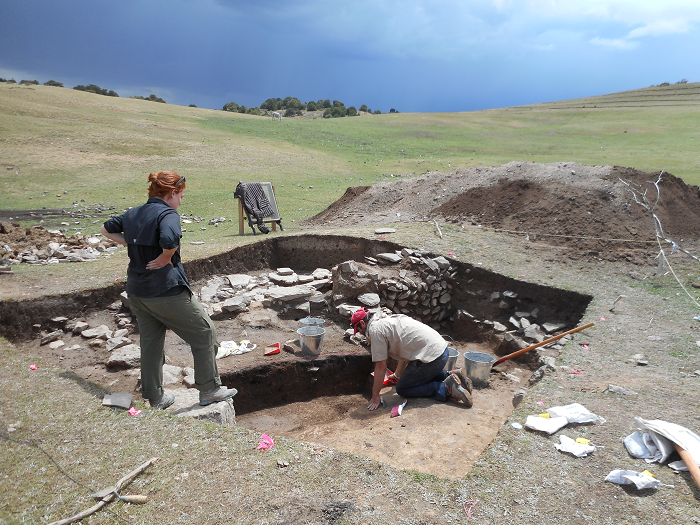
For the study, Spengler and his colleagues examined remains found in a deposit near the center of this high-elevation site, at a place that researchers believe was an ancient market bazaar. Given the elevation, it’s likely that fruits were carried from lower-elevation farms to be sold, consumed, and taken elsewhere on the Silk Road. In the study, the authors suggest that the orchards and vineyards around cities including Bukhara and Loulan were crucial to producing crops for travelers and merchants.
For several reasons, this is the first study to systematically probe the medieval crops along the Silk Road. Many years of political tumult made it challenging for teams to consider excavations in Central Asia. “There were a few collaborative Soviet projects, mostly with the French, but there were few teams that were able to get in before the Soviet Union collapsed,” Spengler says. “And even after it collapsed, the political unrest for much of the ‘90s made it very difficult to work there.” Studying plant and seed remains is also a relatively new area of focus in archaeology. “Looking for plant remains, [which are] basically, small carbonized leaves, isn’t quite as flashy as if you were looking for glass from Rome, or coins from the Persian world.”
In recent years, there’s been a move to study more underrepresented components and areas along the Silk Road, particularly in Central Asia. “History is very Eurocentric, and so everybody thinks that Rome was one of the major hubs of the Silk Road,” says Spengler. “The traders and the major economic and political players of the Silk Road were in Central Asia, and it has been a region largely overlooked in scholarship. But if you are a historian or archaeologist studying the Mediterranean, you really need to know what was going on [there].”

The study also questions the way people have long imagined movement along the Silk Road. “Everybody thinks of these long-distance camel caravans that brought goods from China to the Mediterranean,” Spengler says. “I think now more historians have accepted that that’s not really how it functioned. You can probably think a lot more along the lines of short-distance movements between these market hubs.”
That’s why further scholarship in the region is vital. There’s still a lot of work to be done at Tashbulak: For instance, it’s unclear how and why people built a settlement at such a high elevation, where night frost makes growing many of these crops challenging. But this research is part of a larger reckoning.
“I think in the next few years you’ll see in Central Asia archaeology major changes in what the history and prehistory look like,” Spengler says. “And as these new discoveries come out, it becomes increasingly clear how influential Central Asia was in the actual development of human cultures, across both Europe and Asia.”
Gastro Obscura covers the world’s most wondrous food and drink.
Sign up for our regular newsletter.





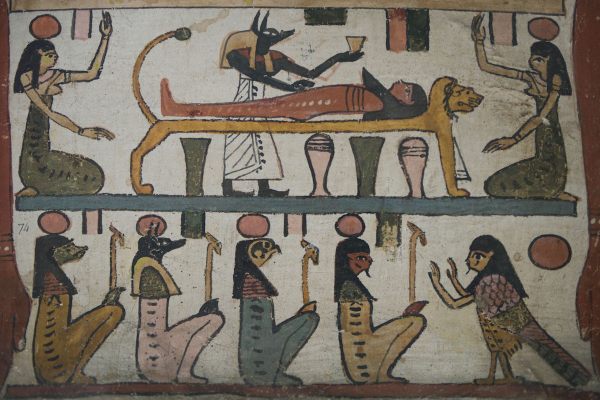
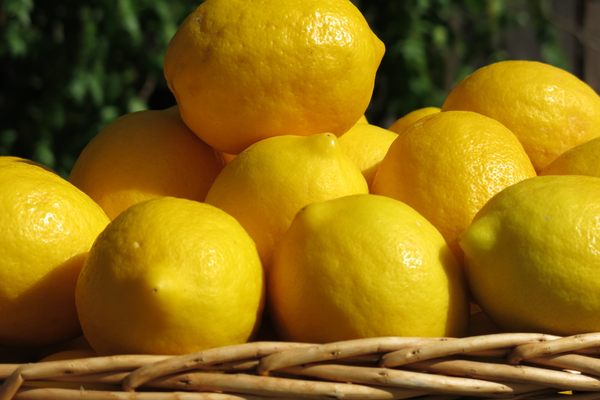
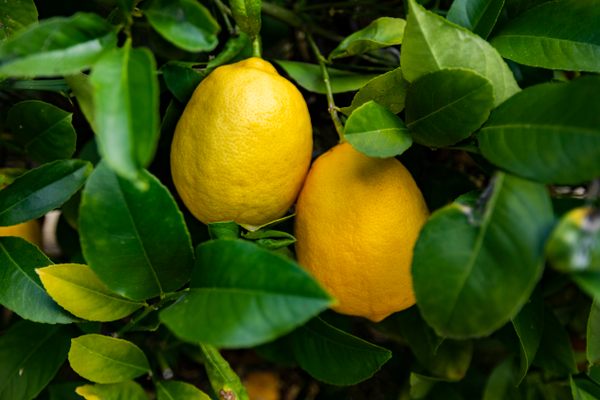

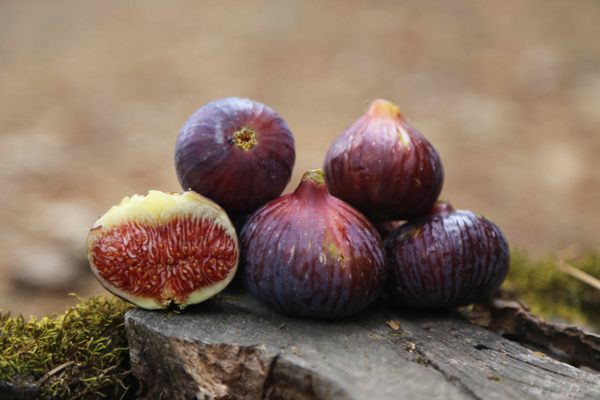





















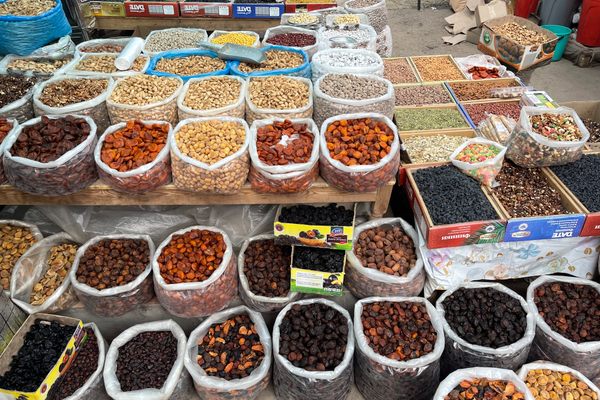






Follow us on Twitter to get the latest on the world's hidden wonders.
Like us on Facebook to get the latest on the world's hidden wonders.
Follow us on Twitter Like us on Facebook